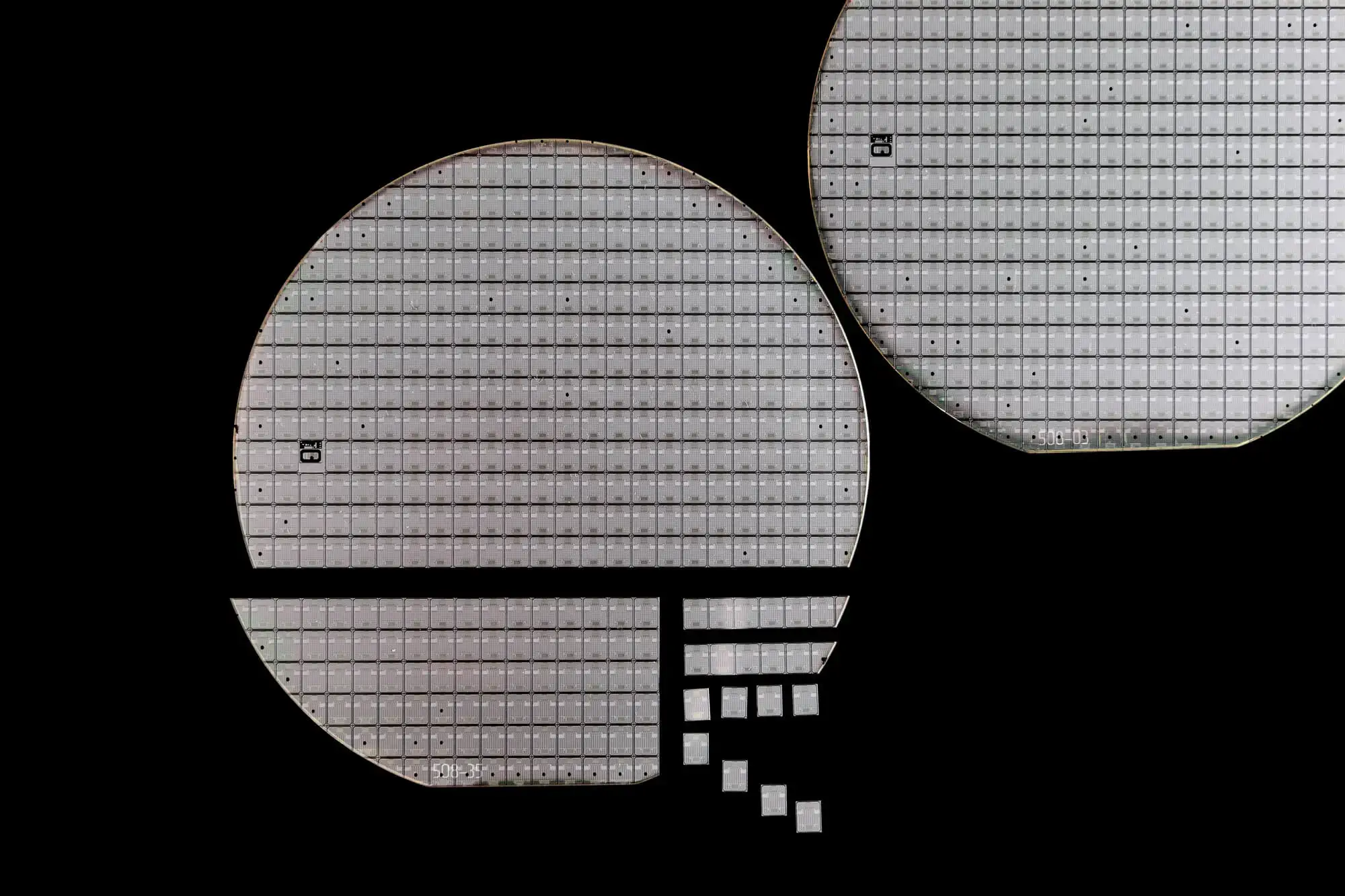The terms "silicon" and "silicone" sound nearly identical, making them easy to confuse. However, in the world of semiconductors, the distinction is massive—and costly if misinterpreted with the wrong silicon wafer supplier.
Many newcomers to electronics or materials sourcing mistakenly look for "silicone wafers," unaware that such a product does not exist. The correct term is silicon wafer, and understanding why is critical when ordering materials for precision applications.

Silicon (Si) is a naturally occurring hard, crystalline material derived from quartz sand. When refined and crystallized, it forms the basis of all modern electronic devices, including CPUs, memory chips, power modules, and solar cells.
Because silicon is a semiconductor, it can conduct electricity under controlled conditions, making it an ideal platform for electronic fabrication. So, when crystalline silicon is cut into thin slices and polished to atomic smoothness, it creates the perfect substrate for transistors and circuits.
Silicone, on the other hand, is not an element but a synthetic polymer composed of silicon, oxygen, carbon, and hydrogen. You can find it in sealants, medical tubing, kitchenware, and lubricants. Silicone is flexible, heat resistant, and waterproof, but it is not conductive or crystalline, so it cannot be used to make chips or integrated circuits.
If a supplier advertises "silicone wafers," they are either referring to coated silicon wafers for adhesion or simply using the incorrect term. In semiconductor and solar manufacturing, there is only one option: silicon wafers.

Using incorrect terminology during procurement can result in costly delays or incompatible materials. If you’re unsure about what you need, Wafer World can help.
Our experts clarify specifications, match wafers to your process, and ensure consistent quality across every order. Whether you need prime silicon for device fabrication or reclaimed wafers for testing and calibration, reach out to us to get a quote!